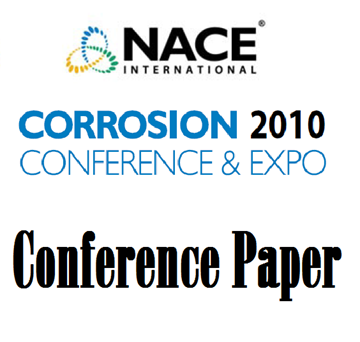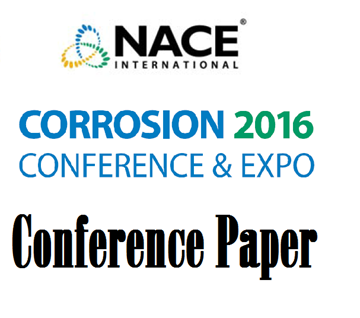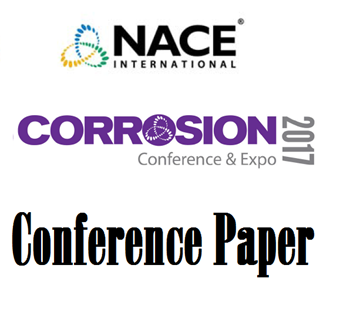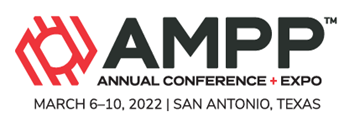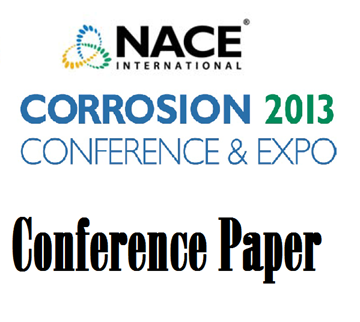Search
Products tagged with 'sweet corrosion'
View as
Sort by
Display
per page
02041 CORROSION RESISTANCE OF LOW Cr BEARING STEEL IN SWEET AND SOUR ENVIRONMENTS
Product Number:
51300-02041-SG
ISBN:
02041 2002 CP
Publication Date:
2002
$20.00
10332 Sour and Sweet Corrosion of Carbon Steel: General or Pitting or Localized or All of the Above?
Product Number:
51300-10332-SG
ISBN:
10332 2010 CP
Publication Date:
2010
$20.00
51316-7184-Corrosivity of Produced and Make-up Water in Oil Sands Thermal Water Treatment Systems
Product Number:
51316-7184-SG
ISBN:
7184 2016 CP
Publication Date:
2016
$20.00
A Mechanistic Study of Corrosion Inhibitor Partitioning and Performance in Sweet Corrosion Environments
Product Number:
51317--9399-SG
ISBN:
9399 2017 CP
Publication Date:
2017
$20.00
Corrosion Inhibitor Encapsulation For Enhanced Chemical Efficiency And Performance
Product Number:
51322-17548-SG
Publication Date:
2022
$20.00
Corrosion Performance of L80-1Cr and L80-3Cr OCTG in High CO2 at Elevated Temperatures
Product Number:
51313-02753-SG
ISBN:
02753 2013 CP
Publication Date:
2013
$20.00
Effect of H2S Concentration on the Passivation Behavior of Modified 13 Cr Martensitic Stainless Steels
Product Number:
51324-21009-SG
Publication Date:
2024
$40.00
Highlighting Challenges with Corrosion Inhibitor Qualification Under High H2S, Sour Conditions
Product Number:
51323-19243-SG
Publication Date:
2023
$20.00
Influence of High CO2 Partial Pressure on Top-of-the-Line Corrosion
Product Number:
51324-21220-SG
Publication Date:
2024
$40.00
Oligomeric Type Inhibitors Meeting a BroadSpectrum of Oilfield Corrosion Challenges
Product Number:
MECC23-19970-SG
Publication Date:
2023
$20.00
Performance of API 5L X65 in 138 MPa Supercritical CO2
Product Number:
51323-18863-SG
Publication Date:
2023
$20.00
Performance of Thermally Sprayed Aluminium in 10MPa Supercritical CO2
Product Number:
51324-21069-SG
Publication Date:
2024
$40.00
- 1
- 2

